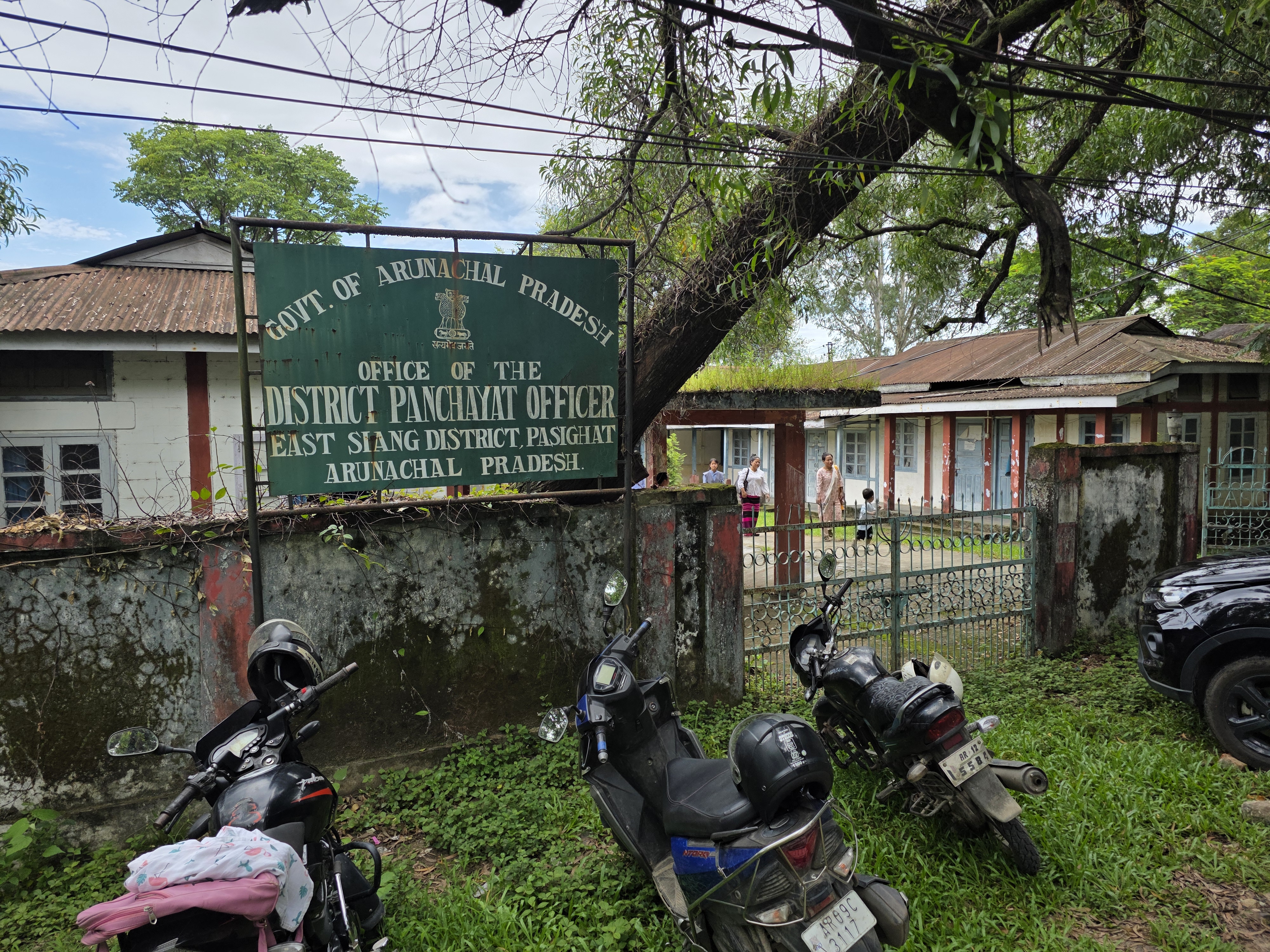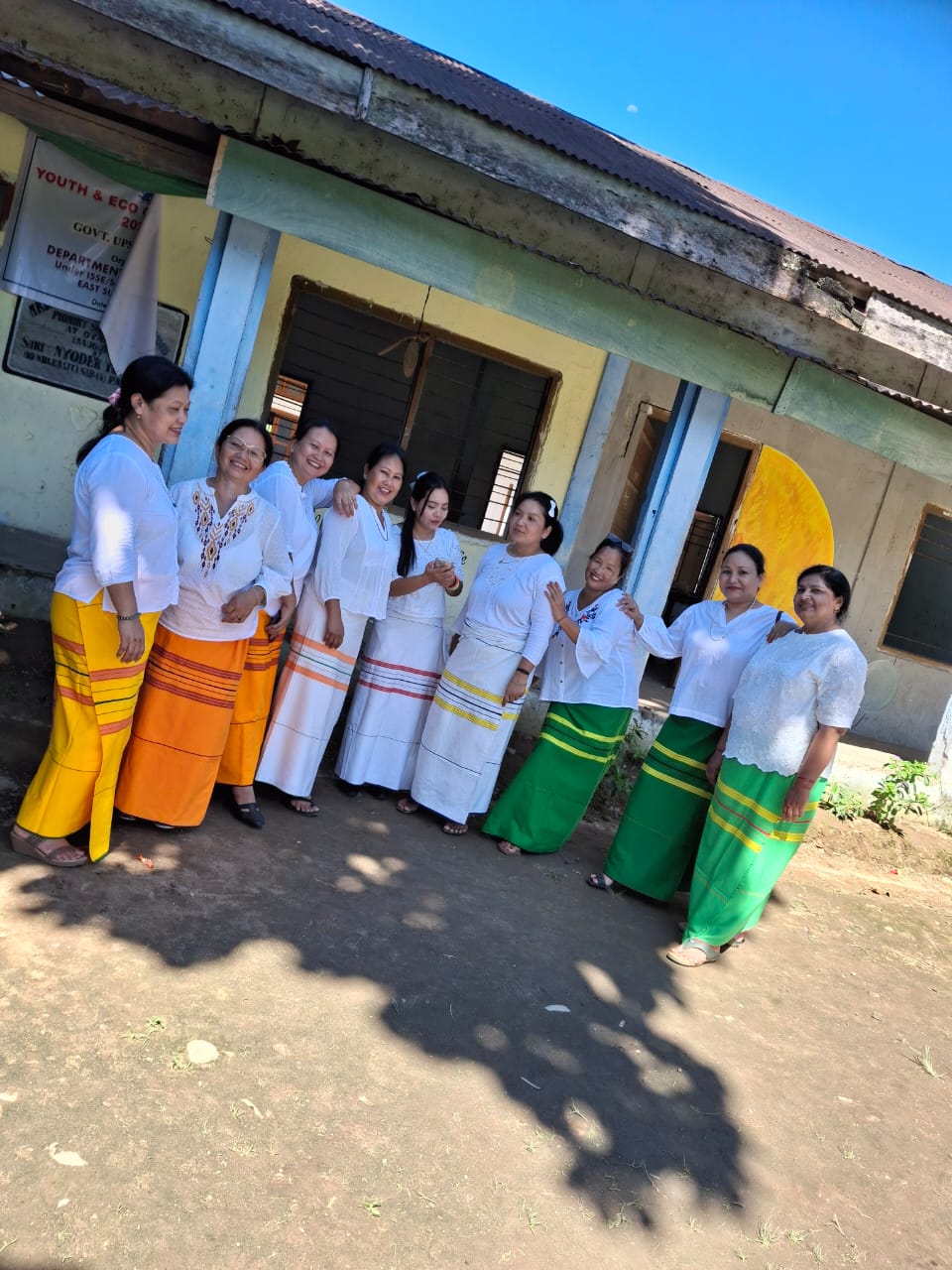About Us

Panchayati Raj in India
Local Self-Governance
Panchayati Raj is India’s system of local self-governance in rural areas, established through the 73rd Constitutional Amendment Act of 1993. Its goal is decentralization, grassroots development, and effective public service delivery, with the Ministry of Panchayati Raj overseeing the process. The system has historical roots in India, with Mahatma Gandhi advocating for “Gram Swaraj” or village self-governance.
- Three-Tier System: Village (Gram Panchayat), Block/Mandal (Intermediate), and District (Zila Parishad).
- Decentralization: Power is brought down to the local level for effective governance.
- Constitutional Backing: Formally recognized under the 73rd Amendment of 1993.
- Grassroots Development: Focus on rural infrastructure, agriculture, education, and livelihoods.
- Ministry of Panchayati Raj: Supports and strengthens local self-governing bodies across states.
Key Aspects
Panchayati Raj in Arunachal Pradesh
Grassroots Governance in Action
The Department of Panchayati Raj in Arunachal Pradesh was established in 1985. Despite manpower shortages, it has implemented flagship programmes in mission mode, ensuring smooth conduct of elections, civil works, and service delivery at district and state levels.
- Total Districts: 27
- Panchayat Bhawans: 08
- DPRC Centres: 23
- District Panchayat Development Officers: 22
- Zila Parishad Members: 242
- Total Zilla Parishads: 208
- Women PRI Leaders: 2108
Current Statistics
- State Own Source Revenue (SOR) Grants: 10% SOR allocated to PRIs; 70% as Basic Grants and 30% as Performance Grants.
- Revamped Rashtriya Gram Swaraj Abhiyan (RGSA): Capacity building, e-enablement of Panchayats, and institutional infrastructure with 90:10 funding for NE states.
- Finance Commission Grants: Includes Tied Grants (for water conservation) and Untied Grants (for Gram Panchayat needs).
Major Schemes


